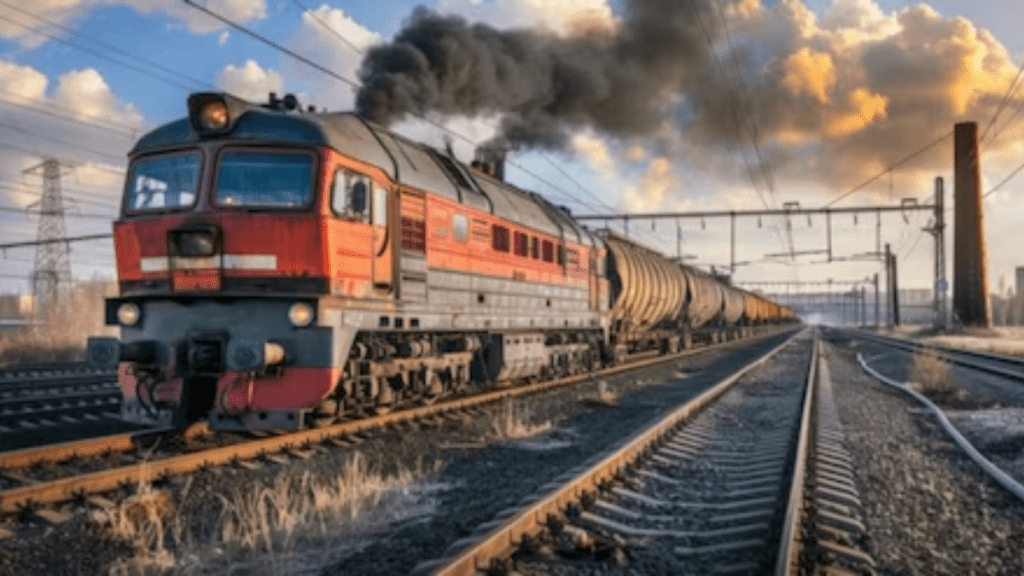The Union Cabinet, under the leadership of Prime Minister Narendra Modi, has greenlit a key railway project aimed at enhancing multi-modal connectivity across India’s busiest rail sections. With a budget of Rs. 2,642 crore, this initiative will address congestion and streamline operations along the Varanasi-Pt. Deen Dayal Upadhyaya (DDU) Junction route in Uttar Pradesh. This move is part of the broader PM-Gati Shakti National Master Plan, which focuses on integrated infrastructure development across the country.
Why is this project important?
The Varanasi Railway Station is a vital hub for Indian Railways, acting as a gateway for millions of pilgrims, tourists, and local commuters. However, the existing route between Varanasi and DDU Junction faces heavy congestion due to its dual role of ferrying both passenger and freight traffic. Goods like coal, cement, and foodgrains pass through this corridor, adding pressure to an already overloaded system.
The government’s new plan includes the construction of 3rd and 4th railway lines along the congested route, as well as a rail-cum-road bridge over the Ganga River. These additions will ease bottlenecks, boost capacity, and accommodate the rising tourism and industrial traffic demands. Additionally, the project is expected to handle 27.83 million tonnes per annum (MTPA) of freight on the proposed stretch.
Benefits Beyond Railways
This infrastructure upgrade isn’t just about better train service—it’s a catalyst for regional development. As part of Modi’s “Atmanirbhar Bharat” vision, the project is poised to provide a range of new employment and self-employment opportunities for the local population. By fostering socio-economic growth in Varanasi and Chandauli districts, the railway expansion will contribute to making the area more self-reliant.
A Green, Efficient Future
Indian Railways has long been hailed as an energy-efficient and environmentally friendly mode of transportation, and this project reinforces that image. By expanding the rail network by 30 kilometers, the plan is set to reduce carbon dioxide emissions by 149 crore kilograms—a figure equivalent to planting 6 crore trees. Additionally, the improved rail infrastructure will contribute to lowering India’s overall logistics costs, aligning with the country’s broader climate goals.

